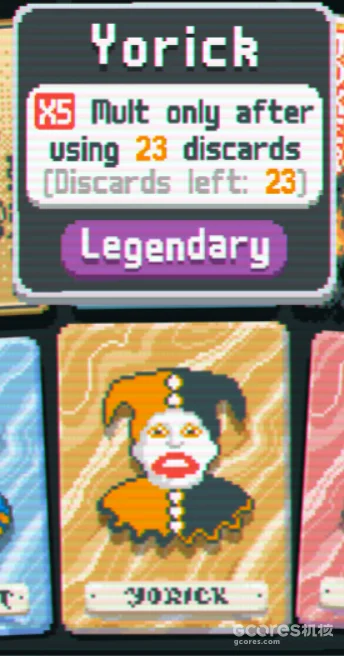Balatro Fun facts
Recently, I have been addicted to clown cards, because there are many mistakes in the beta version of Jane, so I play with the English version first, and I found that the content of the cards is quite interesting when I played, so let's take a look at a few of the legendary cards:

Canio, from the opera Pagliacci, translated from "Harlequin". The image in the play looks like this:

The plot of the opera is quite interesting, and it is a "play within a play" in itself. Roughly speaking, the protagonist Canio is a theater owner, and his subordinates and his wife play husband and wife in the drama they play, but the two fake the play and cheat~ The angry Canio killed the cheating duo in the "audience" with a dagger in front of everyone's eyes. It's also very suitable for the ability of the game cards to destroy the human face card to take effect.

In comparison, Terry Blay is even more famous. He was a real figure in history, a court jester of King François I of France. Later, Hugo wrote the play "The King's Pleasure" based on him.

In Hugo's pen, the story of Terry Brey is quite tragic. François I was a scumbag emotional liar, seducing the wives and daughters of the ministers of the court all day long, and the ministers all bent on to please the king. Terry Blay often staged satirical plays to express his displeasure with the minister.And Triblay himself had a beautiful daughter, and in order to prevent the king from getting involved, he hid her in the deep alleys. However, due to the jealousy of the minister, the news was revealed to the king by the minister. The king pretended to be a poor scholar and deceived Tribre's daughter. Upon learning of this, a furious Triblay hired assassins to assassinate the king, only to find that the body was his daughter: she was in love with the hypocritical king, and when she learned of the assassination plan, she was willing to die for her lover.

Yorick may be unfamiliar to everyone, but he is actually the famous character of Hamlet, but when he appears, he probably looks like this:

That's right, he's the skull in Hamlet's hand......Yorick is a court jester and does not appear in the story head-on. Hamlet takes the skull from the gravedigger and gives some thoughts on life and death.

Chicot is from Alexandre Dumas's novel Chicot the Jester, and the book also has a title, Madame Montsoreau. In it is translated as Hico the Clown.

The clown Hicco himself is resourceful and strong in martial arts, but he is always a gag in the story, never interfering in any politics or struggle, just watching all kinds of power struggles, love and hatred. This ease of play is also reflected in the design of the cards: the special effect of negating the bottom of the level.

The last and historical figure, Paciou. Now if you travel to Heidelberg, you can also see his image:

The clown was a dwarf and a cellar keeper in Heidelberg at the time. He is best known for his thousands of cups of undrunk massiveness and his secret wine-making method. And his name is derived from the Italian Perché no? That's why not – he never refuses toasts. The effect in the game can generate a steady stream of consumable cards, perhaps his keg.
